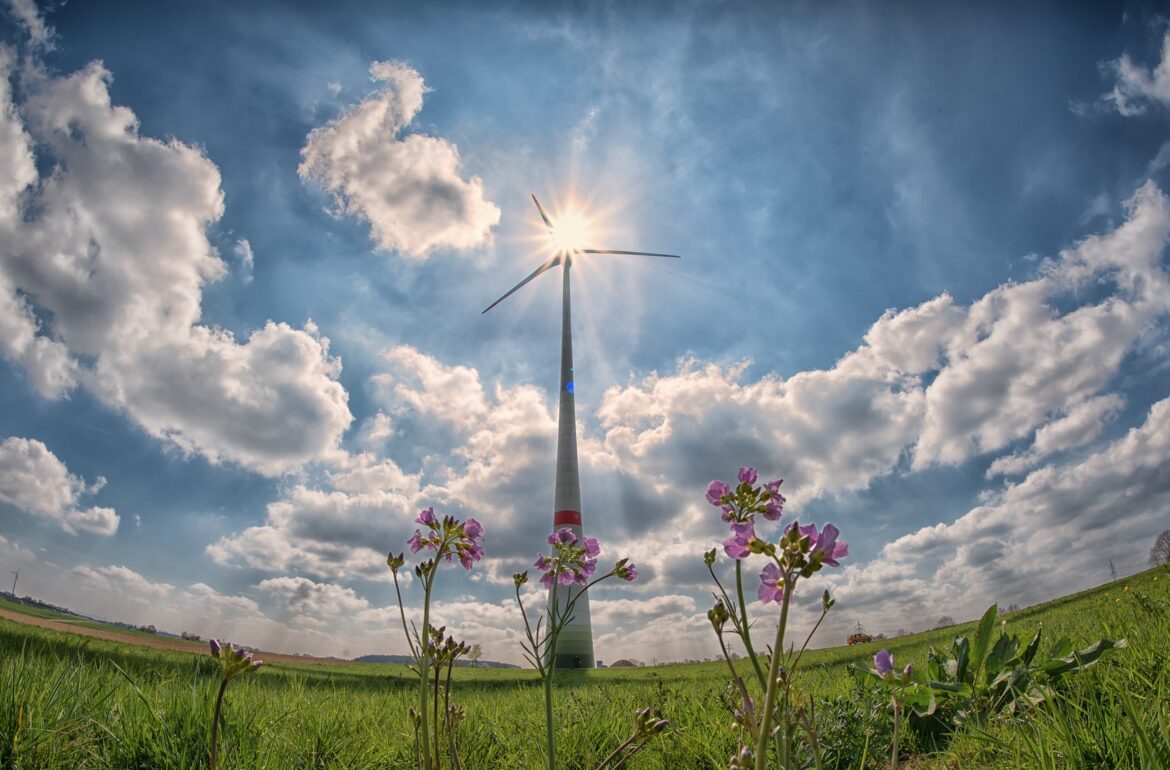For the last three years the research project “Impact of new types of electricity generating patterns to high voltage equipment and cable insulations” with support from personal research funding (PUT, i.e. funding for high level research projects) has been carried out under the leadership of Professor at TTÜ Department of Electrical Power Engineering and Mechatronics Ivo Palu.
EU has agreed to increase the share of renewable energy sources to 20% by 2020. The electricity grids in Estonia and the European Union are in a situation where the fossil energy resources used so far are no longer preferred and new options are explored for covering the energy demand by using renewable energy sources. This entails vigorous development of renewable energy production.
Head of the research project and head of the high-voltage research group Professor Ivo Palu says, “Conventional power stations can generate electricity in accordance with the current demand, whereas renewable energy sources, i.e. wind and sun, are only randomly available at the time required and their electricity production is much more difficult to predict and uneven compared to conventional power stations.” The production schedules of wind power stations and solar power stations compared in the research indicate that electricity production varies much more in the case of wind than in the case of sun. It is evident that at our latitude it is not possible to rely on solar energy 24 hours a day and all year round, while wind energy can be generated regardless of the time of the day or the season.
Changes in electricity production are accompanied by changes in electricity transmission and distribution. A long-term tendency has been to lay electrical cables underground. On the one hand, this is definitely a more user-friendly and weather-proof solution, but on the other hand, it raises new concerns. The weakest points of such a network are cable connections. In conventional electricity generation overhead lines are used, while in modern renewable energy solutions cable lines with numerous cable connections are used. These connections are subject to increased wear and tear due to the expansions and shrinkages caused by load fluctuations, thereby reducing reliability of the system (e.g. failure of a single connection may cause days long power delivery disruptions).
Connecting new renewable energy sources to the existing electrical power network brings about many additional aspects. Addition of these (variable) generation capacities affects significantly the load patterns of power lines and other power distribution equipment and causes additional stress in particular to high voltage equipment and insulation of elements.
“The aim of out project was to study the nature of the additional stresses caused by these “uncontrolled” power generators and, based on the data obtained, to describe its impact on insulation of cables and other electrical equipment,” Professor Palu explains.
Ivo Palu says, “The progressive world is moving towards use of renewable energy. The more we rely on renewable energy, the more attention must be paid to electrical connections in future power stations.”
The research was carried out by a research group of TTÜ Department of Electrical Power Engineering and Mechatronics (Director Prof. Ivo Palu) in cooperation with the scientists of Aalto University.
Additional information: Professor at TTÜ Department of Electrical Power Engineering and Mechatronics Ivo Palu, ivo.palu@ttu.ee
Original post by Tallinn University of Technology
 Back
Back



